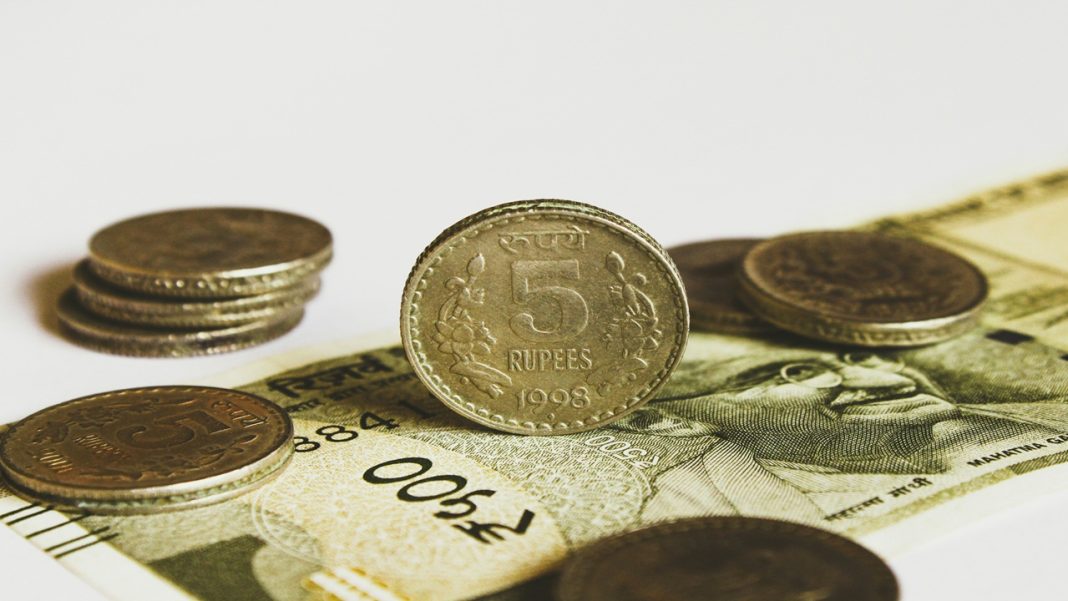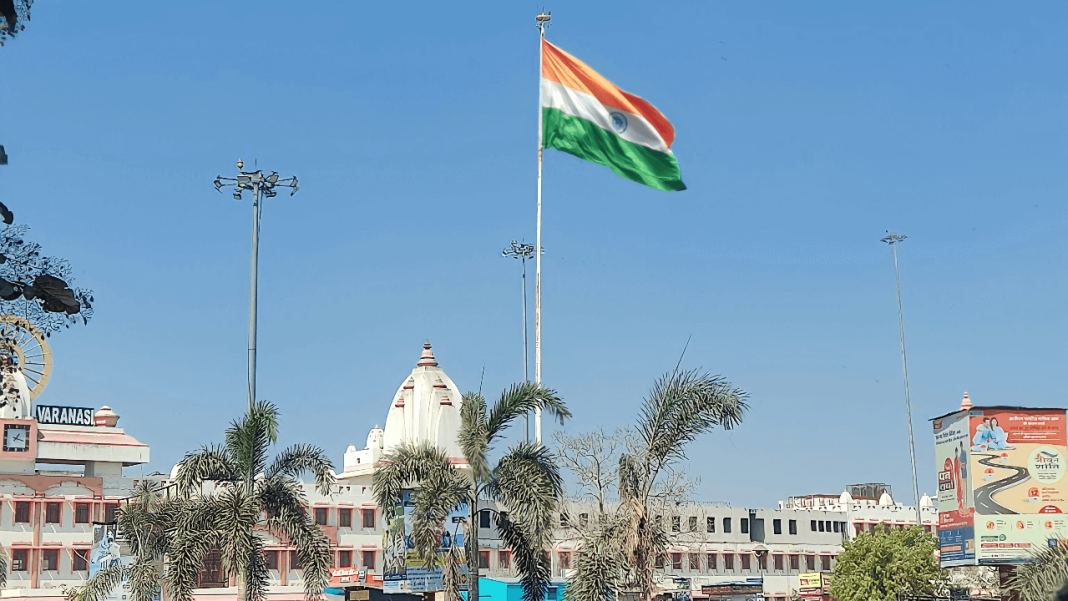In the foreign exchange market, the Indian Rupee (INR) is constantly in motion against major currencies. If you are involved in imports, exports, and remittances, or if you are traveling, you will want to keep an eye on how INR compares with the USD (United States Dollar) (EUR (Euro) (BDT (Bangladeshi Taka) (PKR (Pakistani Rupee) (and RUB (Russian Ruble). This post will provide you with snapshots of live rates, action, and context in which to put these currency pairs. For more updates on Todays Gold rate and Today’s currency exchange rates, visit India Focus Daily News.
Live Currency Exchange Rates (Estimate)
Below is a table that summarizes the estimated exchange rates for 1 Indian Rupee (INR) with some select currencies listed with their respective symbols in the table and with approximate rates:
Note: These are indicative mid-market rates. Actual rates through banks or service services will add spreads, commissions or mark ups.
What Influences These Exchange Rates?
There are various reasons for the movement of the INR vs. other currencies:
- Interest Rate Differentials: Central Bank Policy in India and other Economies Plays a Role in Capital Flows.
- Inflation and Macroeconomic: Stronger Economic Indicators, Export Performance, and Trade Balance Will Change Demand.
- Capital Flows & Market Sentiment: Foreign Portfolio Investments, Remittances, and Risk Appetite Change Will Drive It.
- Government Interventions: The Central Bank of India (RBI) may intervene through of foreign exchange operations to stabilize volatility.
Frequently Asked Questions (FAQs)
Why are these rates slightly different across sources?
Since banks and forex providers will always add their own margins, fees, or commissions on top of the interbank (mid-market) rate.
When do these rates update?
Forex markets operate 24/5 around the world. Rates are generally updated every few seconds as the interbank market updates; retail services update at times that may vary.
What’s the best way to get the best rate when converting INR?
Look at bank rates, forex counter rates, or online rates. Consider multi-currency cards or remittance companies, both of which may have lower fees.
Is there a limit of regulations on currency exchange in India?
Yes. For example, large amounts of outward remittance, foreign travel expenses, or payments for imported items may require a declaration to the RBI.
Is the INR expected to strengthen or weaken in the future?
That is speculative. The answer depends on India’s economic growth, inflation, foreign investment, and changes in the macro world. Analysts are reviewing trends but the challenge is that forecasts tend to miss surprises.



